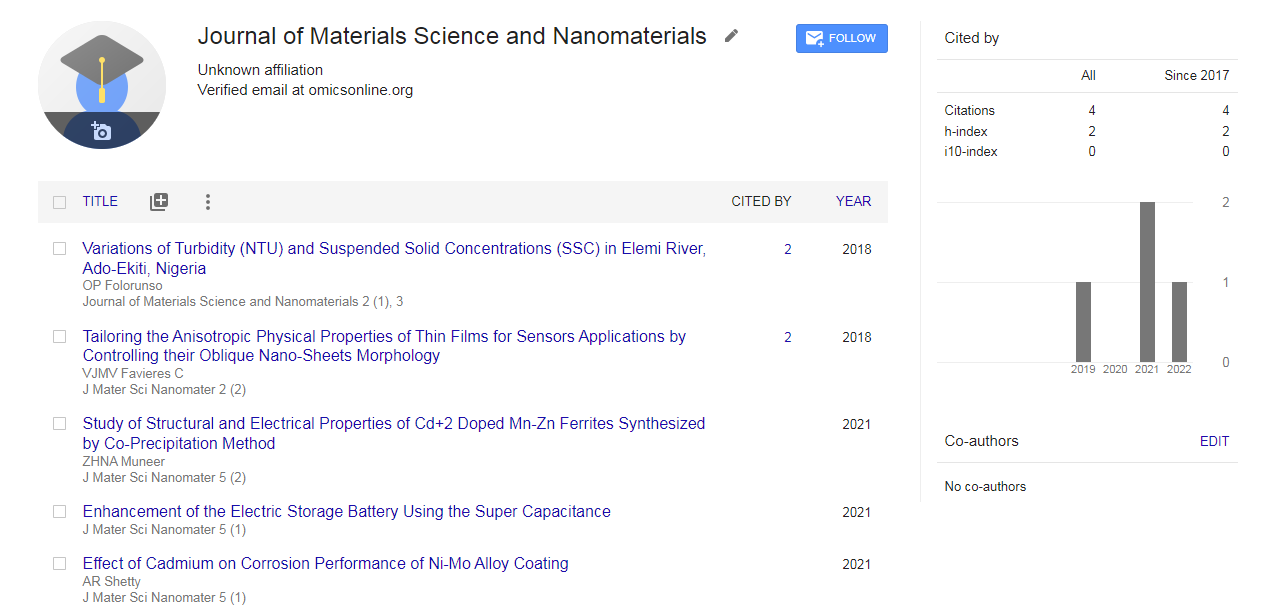Towards A Systematic Approach to Actionable Software Engineering Analytics: Applications of Data Science & Machine Learning
*Corresponding Author:
Copyright: © 2019 . This is an open-access article distributed under the terms of the Creative Commons Attribution License, which permits unrestricted use, distribution, and reproduction in any medium, provided the original author and source are credited.
Abstract
Software Engineering Analytics & Applications Traditional software engineering has established well-proven software development practices, techniques, and methods that we have enjoyed over fifty years or so. Besides, SDLC has also produced an enormous amount of datasets that have been deposited in various popular platforms such as PROMISE (2020). However, there is a complete paradigm shift to service computing since early 2000 and the evolution of cloud computing which has forced us to deliver software products as a service on-the-fly. Service computing, Cloud computing, DevOps Software Engineering, IoT, and integration with Data Science Applications have revolutionized the way we develop software as a service. Besides, it remains challenging to understand how to apply Software Engineering Analytics (SEA) and repositories to new product development and cloudnative software services. This paper presents a systematic approach to Software Engineering Analytics which used data science and machine learning tools to learn from the past and make decisions, actions precisely. This paper also highlights some of the software engineering analytics applications and challenges such as reuse of requirements with process mining, reuse of test cases with bug predictive modelling, and predictive modelling for software process improvement cloud services.

 Spanish
Spanish  Chinese
Chinese  Russian
Russian  German
German  French
French  Japanese
Japanese  Portuguese
Portuguese  Hindi
Hindi 